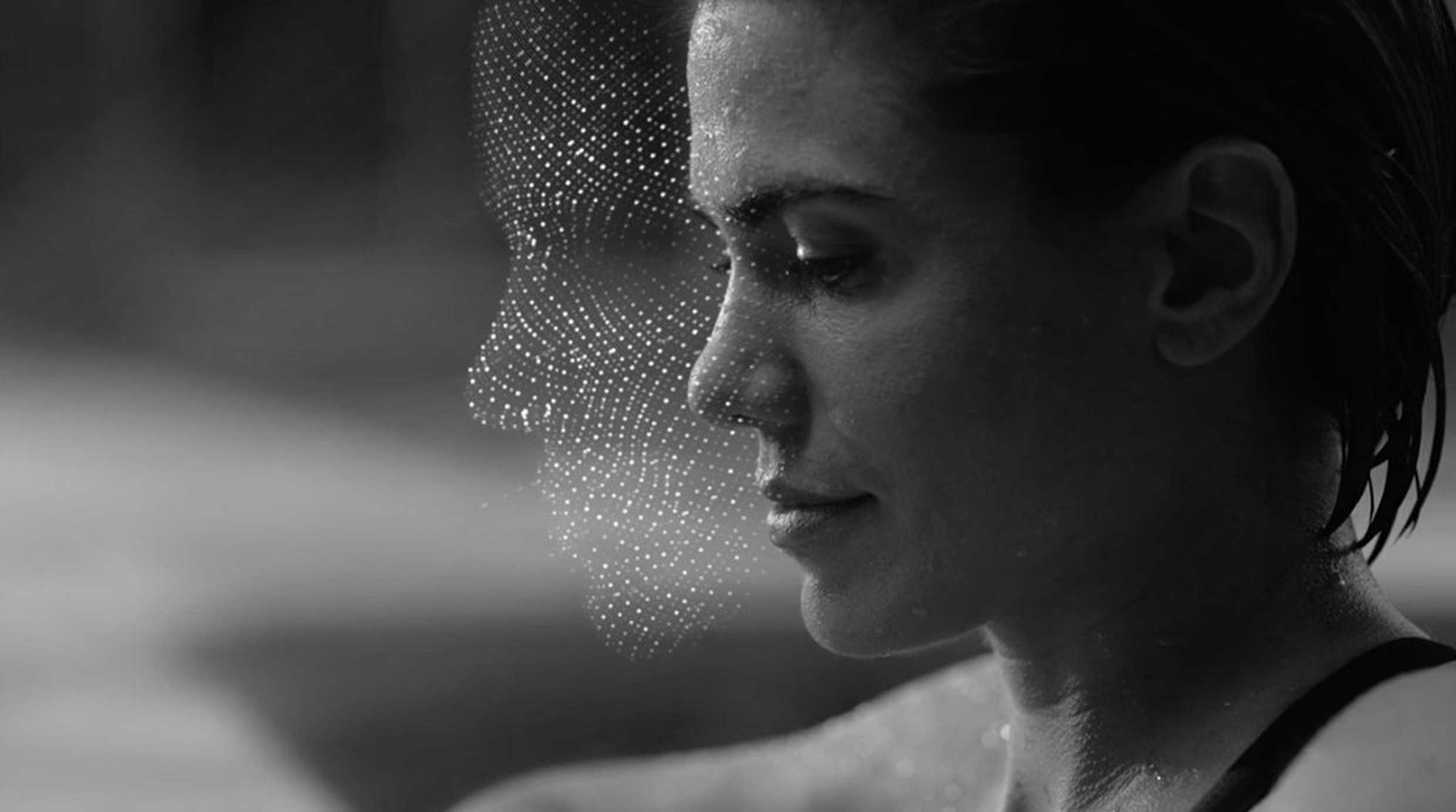For the past 10-20 years, we’ve uploaded our identities to the internet without a second thought. Every day, we upload over 1.2 billion photos to Google Photos, tweet over 500 million thoughts on Twitter, send over 3 billion snaps on Snapchat, and watch over 5 billion YouTube videos. With all this personal information, only now are we beginning to realize a new form of digital identity theft taking shape.
The following New York Times article by Nicholas Confessore et al. outlined the scandal:
“The real Jessica Rychly is a Minnesota teenager with a broad smile and wavy hair. She likes reading and the rapper Post Malone. When she goes on Facebook or Twitter, she sometimes muses about being bored or trades jokes with friends. Occasionally, like many teenagers, she posts a duck-face selfie.
But on Twitter, there is a version of Jessica that none of her friends or family would recognize. While the two Jessicas share a name, photograph and whimsical bio — “I have issues” — the other Jessica promoted accounts hawking Canadian real estate investments, cryptocurrency and a radio station in Ghana. The fake Jessica followed or retweeted accounts using Arabic and Indonesian, languages the real Jessica does not speak. While she was a 17-year-old high school senior, her fake counterpart frequently promoted graphic pornography, retweeting accounts called Squirtamania and Porno Dan.
All these accounts belong to customers of an obscure American company named Devumi that has collected millions of dollars in a shadowy global marketplace for social media fraud. Devumi sells Twitter followers and retweets to celebrities, businesses and anyone who wants to appear more popular or exert influence online. Drawing on an estimated stock of at least 3.5 million automated accounts, each sold many times over, the company has provided customers with more than 200 million Twitter followers, a New York Times investigation found.”
It seems like a harmless crime considering friends and family will know it’s not her. But, imagine the consequences it could have on finding an employer that doesn’t know her. Or, online communities that see this and begin to think she’s someone that she really isn’t – sending her slimy investment opportunities among other junk.
This may sound absurd to you now, but it’s happened to thousands of people on Twitter. Even worse, this slanderous identity theft is taking a visual form.
Video FaceSwap with FakeApp
It all began on “the front page of the Internet” – Reddit – when a bored technologist decided to place Nic Cage’s face on familiar film moments. Taking Harrison Ford’s place in Raiders of the Lost Ark, once in Game of Thrones, and potentially as every character in Lord of the Rings.
It was a harmless Internet trick that’s now taking a turn for the worst.
Using the same technology, fittingly named FakeApp (research at your own discretion), Redditors began replacing the faces of pornographic film stars with the faces of respectable celebrities. Jessica Alba, Emma Watson, and Daisy Ridley are among the dozens of victims. You can’t reverse this defamation of character. I can’t fathom how awful they feel.
Imagine if someone took your son or daughter’s Snapchat video data and did something horrible like they did to these celebrities? How does one recover from this?
Although there are barriers to using FakeApp, such as running a high-powered GPU accompanied by CUDA support. Realistically, anyone with a little time and interest can learn to create these slanderous fake videos. And that’s a huge problem.
FakeApp’s creator, among other digital media technologists, believe that we may be just a year or two away from this becoming a tool with almost no barrier to use. As simple as choosing a video you’d like to swap and selecting a face from an archive that you believe belongs in that video. We’re talking about video manipulation as easy as Snapchat’s FaceSwap feature.
A powerful video editing tool like this could do wonders for the creative industry. It also could spell disaster for all forms of trust and reliability (Imagine TMZ or your angry neighbor getting a hold of it).
So, how can we safeguard ourselves?
Spurring Public Interest
I’m painting a scenario where you don’t want to wait until it’s too late. Once the damage is done, well, it’s done. You can’t take away the public impressions from a slanderous faceswap experiment or a scandalous identity theft situation.
It’s time we all take control of our digital identities by putting a safety lock on the digital media we put in the public domain. This means adopting tools that prevent machine learning algorithms from “crawling” your online images.
D-ID (short for Deidentification) is an emerging startup that wants to create tools that process images to make them unrecognizable to face recognition algorithms, but still look similar to the original picture.
They call it creating a firewall for your identity. By slightly altering your image at the binary level (1s and 0s), D-ID prevent algorithms such as FakeApp from contextualizing your image. Thus making faceswap virtually impossible.
More than likely, an invaluable technology such as D-ID would be bought up by a major tech company to license and distribute. It’s a collective mission to begin thinking about protecting our digital assets on the web.
Finding privacy in this invasive world is a trillion dollar problem. That’s why digital disguising and altering your style will be an integral way of avoiding facial recognition algorithms.
Of course, there’s always the sure-fire way of finding privacy in being alone.
Finding Peace in Solitude
One of the largest deficits we have is silence and solitude. It may only account for the last ten minutes of the day as we are dozing off or the seven minutes in the shower. For many of us, solitude may as well be a trip to the insane asylum – alone with our cruelest thoughts.
I’ll admit, silence scares me. Mostly because it’s a mixture of stagnancy and loneliness. In silence, I quickly search for a source of music, calling a friend, or flipping on the TV. And every time I do this, I’m further distancing myself from dealing with silence.
However, a good friend told me that he overcame this fear by communicating with himself during silence. Instead of allowing his consciousness to replay regretful conversations or compare himself to others that “were way further along in life”, he used the time to talk through his own problems.
He imagined his problems were objective, pretending someone came to him with his problems – giving advice to himself.
This is a man that spends large amounts of his day alone and enjoys those moments dearly. Instead of grasping for others during silence, he found himself.
Accompany yourself in loneliness, and solitude will become a comfortable space for reflection and improvement.
I’m glad you made it through this Quick Theories in one piece! Also, I’m interested in hearing your thoughts on this emerging dilemma, so shoot me an email.



Man! the Finding Peace In Solitude is a short text, but contains fu**ing great meanings.
I’m glad to have read it.
Thanks for sharing
Very True, i love silence, soul time and solo time, and am conquering the loneliness factor slowly, its only society that tells us we need constant company. its also enjoyable to enjoy it but don’t force it on yourself.
but if you start talking to yourself with a funny accent, or telling bad jokes, you should consider the very real taboo concepts of possibility channelling occurring, or other entity possession and or govt/alien 4d mind control systems in place.
i likely enjoy both as well as good old fashioned self convo to relieve the boredom and confuse the people potentially surveiling me 🙂